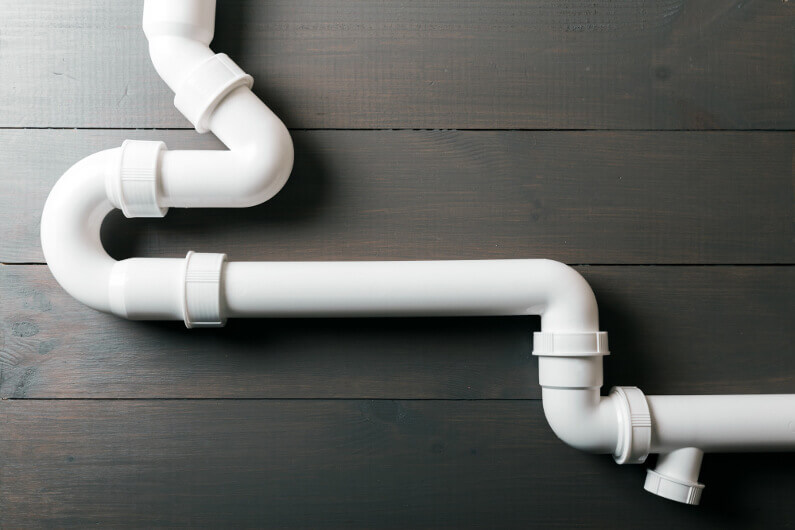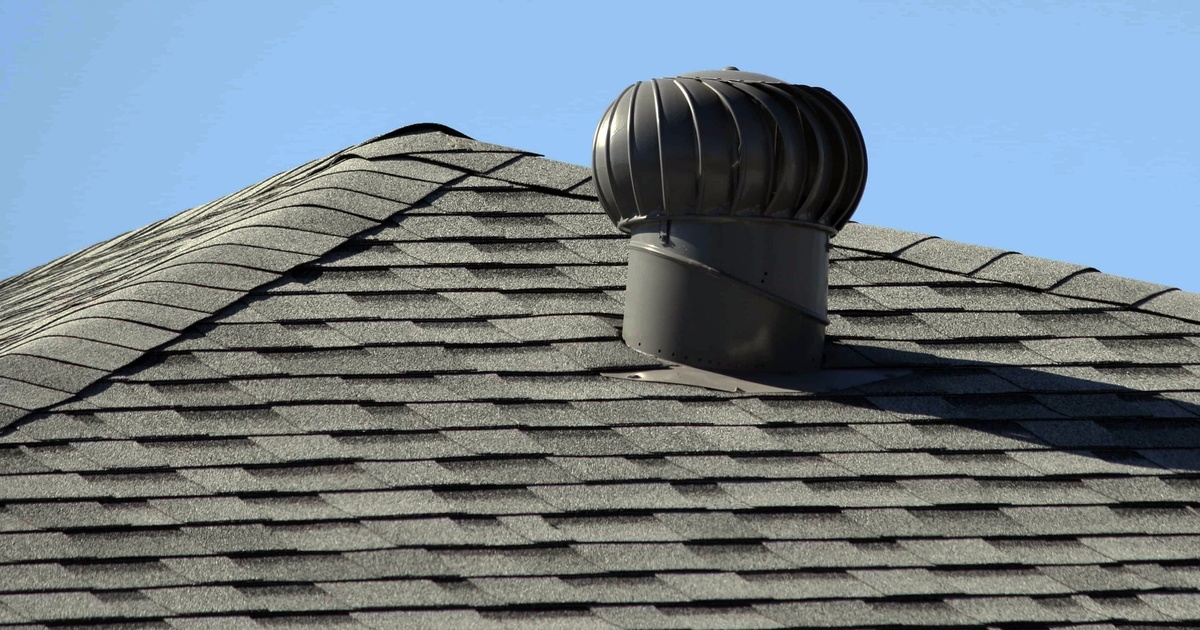Have you been searching for facts and techniques involving What Is A Plumbing Vent & How Do They Work??

Correct ventilation in pipes systems is frequently ignored, yet it is crucial for keeping the functionality and safety and security of your home's pipes. Ventilation helps control air pressure, prevent the accumulation of dangerous gases, and make sure the reliable elimination of waste. In this overview, we will discover the relevance of proper pipes air flow, just how it functions, and the advantages it brings to your plumbing system.
Exactly How Ventilation Works in Plumbing Equipments
Air Pressure Regulation
Appropriate air flow maintains well balanced air pressure within the plumbing system. When water moves via pipelines, it displaces air. Without appropriate ventilation, this variation can develop adverse pressure, resulting in slow drains pipes or siphoning of water from traps, which can create undesirable odors to seep into the home.
Preventing Drain Gas Accumulation
Among the most crucial functions of plumbing vents is to prevent sewage system gases, such as methane and hydrogen sulfide, from building up within the home. These gases can pose serious health dangers and are highly flammable. Vent pipes enable these gases to get away safely outside.
Aiding in Waste Elimination
Air flow helps in the efficient removal of wastewater by stopping airlocks in the water drainage system. When air can stream easily via the vents, it allows water and waste to move smoothly via the pipes, minimizing the threat of obstructions and backups.
Advantages of Appropriate Air Flow
Improved System Effectiveness
Correctly ventilated pipes systems operate much more successfully, with less clogs, faster draining pipes, and less strain on the pipelines. This efficiency prolongs the life-span of the pipes system.
Improved Air Top Quality
By protecting against sewer gases from entering your home, appropriate ventilation adds to much better interior air quality, making your living environment healthier and much more comfortable.
Stopping Water Damage
Appropriate ventilation assists avoid water from being siphoned out of catches, which can bring about sewage system gases getting in the home and triggering water damage in time.
Steps to Make Sure Appropriate Ventilation
Consulting Pipes Codes
Always seek advice from local pipes codes when making or customizing your pipes system. These codes give the required standards for correct venting and ensure your system meets safety and security requirements.
Regular Evaluation and Maintenance
Regular evaluations can help determine prospective air flow concerns before they come to be major issues. Maintenance tasks, such as cleansing air vent pipes and checking for clogs, are essential for keeping the system in good working order.
Expert Setup
For brand-new installments or significant alterations, it's important to work with a specialist plumbing. They have the know-how to make certain the air flow system is properly developed and set up according to code.
Understanding Air Flow in Pipes
Ventilation in pipes describes the network of pipes that allow air to move via the drainage system. These vents serve several purposes, including managing atmospheric pressure within the pipelines, protecting against sewage system gases from going into the home, and aiding in the smooth circulation of wastewater.
Kinds Of Plumbing Vents
Key Heap Vent
The major pile air vent, additionally known as the air vent stack, is the primary air vent in a pipes system. It extends from the primary drain line up via the roof covering, allowing gases to run away and fresh air to get in the system.
Branch Vent
Branch vents link to the main pile vent and offer individual components, such as sinks, toilets, and showers. These vents make certain that each fixture has adequate ventilation to function properly.
Air Admission Valve (AAV).
An Air Admission Valve (AAV) is a one-way valve that permits air to get in the pipes system without the need for a standard vent pipe expanding with the roof covering. AAVs are generally utilized in restorations or areas where installing a common vent is impractical.
Indications of Poor Air Flow in Plumbing.
Slow Draining Fixtures.
If your sinks, bathtubs, or bathrooms are draining pipes gradually, maybe a sign of bad ventilation. Insufficient air circulation can create a vacuum effect, making it tough for water to drain effectively.
Gurgling Sounds.
Gurgling sounds coming from drains are frequently a result of air being drawn via water traps as a result of adverse stress in the pipelines. This is a clear indication of not enough ventilation.
Undesirable Smells.
Sewage system odors inside your home are a red flag that your plumbing system is not properly aerated. This might indicate that drain gases are not being appropriately vented outside, leading to potentially harmful conditions.
Common Ventilation Blunders.
Inadequate Vent Sizing.
Making use of small air vent pipes can bring about inadequate air flow and pressure inequalities in the system. It's necessary to make use of vents that satisfy the certain requirements of your pipes system.
Improper Vent Positioning.
Putting vents too much from the components they serve can reduce their performance. Appropriate placement ensures that air can move freely and efficiently via the system.
Disregarding Code Requirements.
Building regulations provide certain guidelines for pipes air flow. Neglecting these codes can cause a system that fails to operate properly and might result in expensive fixings or health hazards.
Conclusion.
Correct air flow is a crucial component of any type of plumbing system, making certain that it operates effectively and safely. By comprehending the significance of ventilation, identifying the indications of inadequate air flow, and taking actions to keep your system, you can stop costly problems and shield your home's air high quality.
4 Things You Should Know About Your Plumbing Vents
What Plumbing Vents Are
Also called a vent stack, a plumbing vent is a vertical pipe attached to your drain line that runs through your roof. The plumbing vent pipe, or plumbing air vent, removes gas and odors from your plumbing system and allows fresh air to enter the pipes, helping the water to flow out of the drain pipes.
What Plumbing Vents Do
Plumbing vents have two basic functions. One of which is to allow unpleasant smelling wastewater and sewer gasses to escape your plumbing system instead of entering your home. Plumbing vent pipes are typically located on roofs, away from windows, to ensure the fumes exit the home completely.
The other function of the plumbing vent is to move fresh air into your plumbing system. This helps move water through every plumbing fixture in your house, like toilets and sink drains. Think of the way in which you need to let a little air into the bottle as you pour soda in order to make the drink flow smoothly.
Different Types of Plumbing Vents
- True vent: This is the most common vent option. In simplest terms, a true vent is a vertical pipe attached to your drain line that exits through the roof. They often function as the main vent that other fixtures can connect to.
- Re-vent pipe or auxiliary vent: Attached to the drain line near specific plumbing fixtures, re-vent pipes run up and over to connect to the main vent.
- Common vent: Two plumbing fixtures installed on opposite sides of a wall are typically tied into the vent stack using something known as a sanitary cross.
- Wet vent: This venting option operates as a drain pipe and a vent at the same time. Wet vent drainage systems drain water from one fixture while venting the air from another. Although they’ve been used for over 100 years, wet vent systems have only recently been added to the plumbing code in many areas. If you’re planning on installing one in a bathroom remodel, make sure you check your local code prior to construction.
- Loop vent: For free-standing fixtures like kitchen island sinks, loop vents are ideal. These vent pipes run under the floor, rise from the P-trap, and create a loop inside the cabinet sink.
- Air admittance valve: An AAV is a one-way mechanical valve typically installed at the site of the plumbing fixture. AAVs allow venting to occur without having to tie into a larger venting system. They’re ideal for venting fixtures where you aren’t able to easily connect to an existing vent system.
Common Plumbing Vent Issues
Although vent pipes typically don’t have water flowing through them, they’re still subject to many typical plumbing issues. For example, clogs are one of the most common problems associated with sewer vent pipes. If your vent pipe gets clogged, all of your plumbing fixtures tied into the vent stack will be affected.
A sink with a slow drain that bubbles and gurgles or a strong sewage smell around your toilet are both indicators that your toilet vent pipe is clogged. Because most vent pipes exit through the roof, old leaves, twigs or even a bird’s nest could be clogging the pipe.
Clogs in your vent pipe system cause a buildup of negative pressure, meaning that water won’t be able to flow out of your home very well. It’s similar to putting your finger over the opening of a straw to trap water inside. When you remove your finger, the water is able to flow out of the straw.
If you suspect you have any blockage in your vent, make sure you have a professional come examine the situation. Left unchecked, a blocked air vent can lead to other costly repairs, like leaks and sediment buildup.
Under Pressure
Pipe vents are essential aspects of a home’s plumbing system. Owning a home means learning about all sorts of things you never put much thought into before. But by understanding as much as you can about the important systems of your home, you can keep those budgets intact and those anxiety levels low.
https://www.homeserve.com/en-us/blog/home-improvement/plumbing-vents/

I'm certainly very drawn to Essential Plumbing Vent Pipes: Understanding Their Role and I really hope you appreciated the blog post. Do you know somebody who is truly interested in Why Plumbing Air Vents Are Important? Do not hesitate to promote it. We take joy in reading our article about .
Website
Comments on “Why Proper Ventilation is Essential in Plumbing Systems”